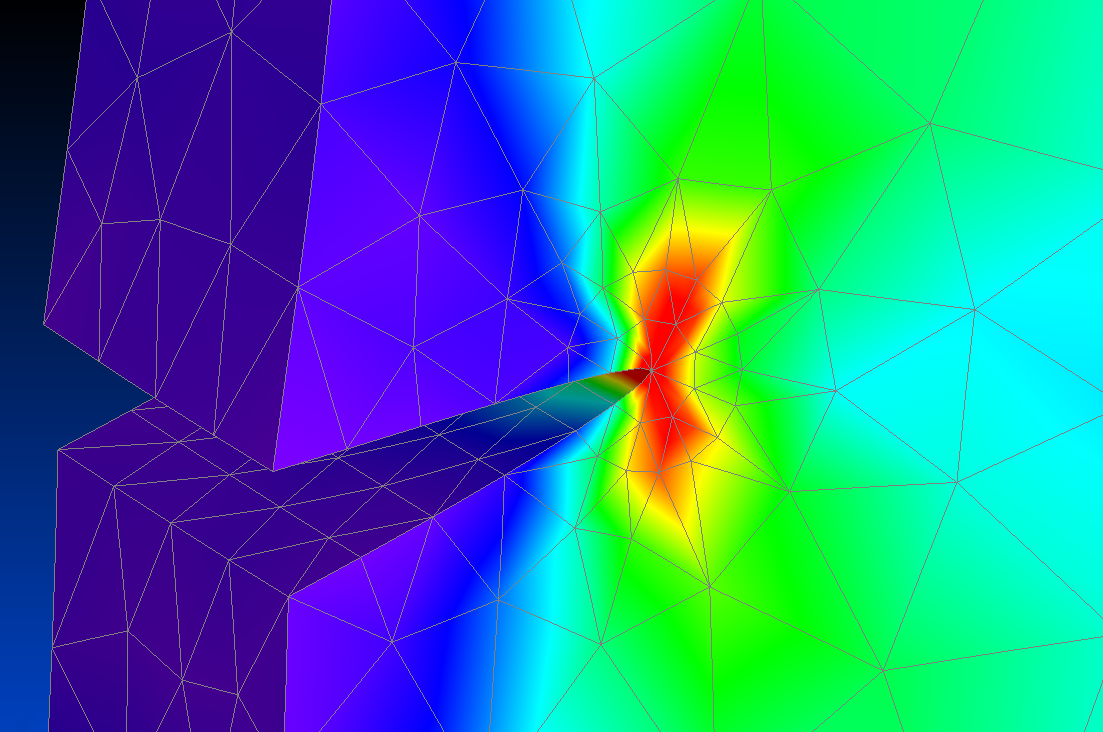Topics
Overview
Fracture mechanics is all about cracks; stress fields around cracks, stress intensity factors at cracks, failures due to cracks, growth rates of cracks, etc. This website covers all of these topics, beginning with some historical perspective for motivation.The story begins way back at the turn of the 20th century with analytical solutions for stresses at holes in 1898, then at ellipses in 1913. Fracture mechanics research is considered to have officially begun in 1920 with Griffith's energy-based analysis of cracks.
Nevertheless, similar landmark contributions remained few and far between until World War II, when several structures thought to be impervious to failure, did. It was determined that the cause of these failures was... cracks. This led to a rapid expansion of research into the areas of fracture mechanics and fatigue crack growth. This website presents the major developments in the field, and there are many, resulting from research into the subject over the past 70+ years.
This introductory section begins with a historical review of early structural failures that motivated much research in the field of fracture mechanics. This is followed by a review of Airy stress functions and complex numbers, two advanced math tools used in the Linear Elastic Fracture Mechanics section. It concludes with the concepts of plane stress and plane strain, two conditions that are often key to obtaining analytical solutions to fracture mechanics problems.
